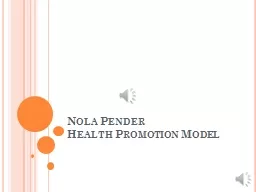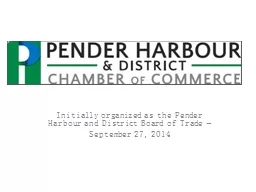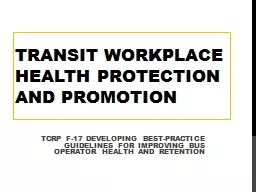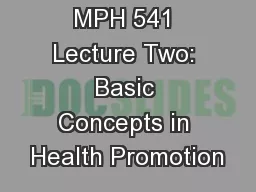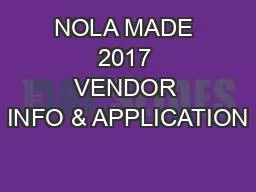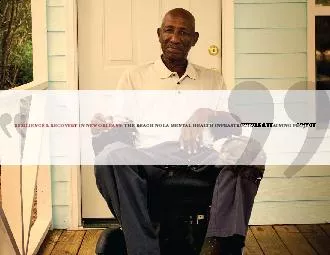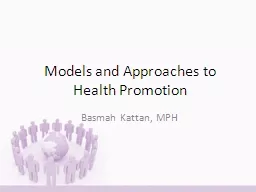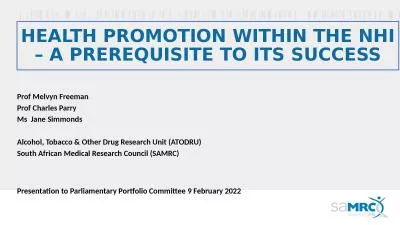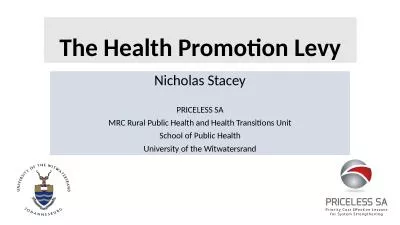PPT-Nola Pender Health Promotion Model
Author : kittie-lecroy | Published Date : 2018-10-21
Presented By Sandy Saylor Jackie Tiefenthal Michelle Rowe Chris Bookheimer Historical Evolution of Health Promotion Theory First published in 1982 Modified in
Presentation Embed Code
Download Presentation
Download Presentation The PPT/PDF document "Nola Pender Health Promotion Model" is the property of its rightful owner. Permission is granted to download and print the materials on this website for personal, non-commercial use only, and to display it on your personal computer provided you do not modify the materials and that you retain all copyright notices contained in the materials. By downloading content from our website, you accept the terms of this agreement.
Nola Pender Health Promotion Model: Transcript
Download Rules Of Document
"Nola Pender Health Promotion Model"The content belongs to its owner. You may download and print it for personal use, without modification, and keep all copyright notices. By downloading, you agree to these terms.
Related Documents

